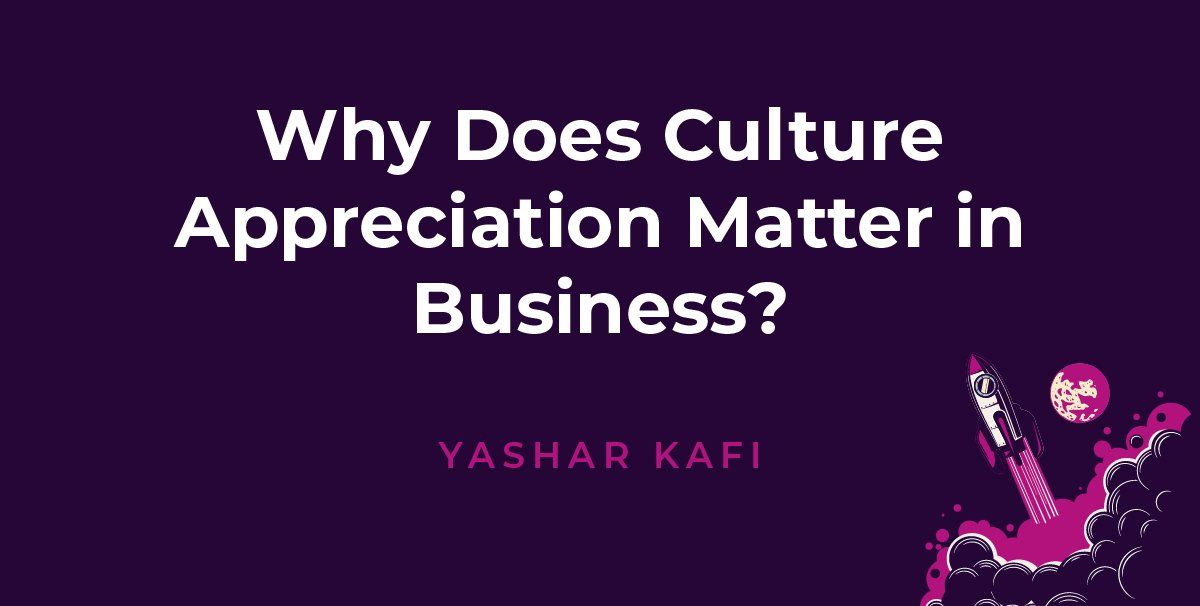Why Does Culture Appreciation Matter in Business?
A company’s culture is the crux of its character, the backbone of the business, and the foundation that everything else is built upon. But what do we really mean when we describe a company’s culture? And why does culture appreciation matter in business?
As a business, your people are your culture. Period. And let’s face it, people can be pretty complex—not to mention diverse and unique. That diversity translates into the truth that each company’s culture is unique, and for this reason, must be approached with a one-of-a-kind strategy.
It’s not possible to serve a business, effectively consult, or change the parts that aren’t working without first understanding its culture. Here’s why:
Culture Appreciation in Business Builds Awareness
AMPlify gets that when providing consulting services, we need to be aware of a company’s culture before we can even begin implementing our services to help that business meet its goals and ultimately thrive. And this is true for any consultant.
That’s why we focus on the human aspect of a corporation (culture)—the who of the equation in the company that we are trying to help. Developing culture awareness allows us to spot what’s needed and design and implement an improvement strategy that fits the people at the center of it all.
If the solutions are not a good fit for the culture, the end goal will never be reached without unnecessary corporate drama, or worse, dissonance.
Culture Appreciation Seeks Understanding
After making ourselves aware of the culture, we seek a deep understanding of that culture: what drives it, motivates it, and sustains it. After all, you can’t respect and serve what you don’t understand—and you can’t know what you don’t first invest in getting to know.
As with most stuff in life, arriving at an adequate level of understanding—of anything—requires a deep and steady investment of time and energy. It takes work! But it’s work that is more than worth it. Why? Because once you familiarize yourself with a company’s culture, you can truly understand it. Most importantly, you can then pinpoint how to most effectively help it evolve and thrive into the future.
And that’s what a consultant’s job is. We first get to know you and your culture (developing that awareness), then seek an understanding of all the needs and nuanced layers, so we can best serve you.
How It All Works Together
So, what does that service look like? It could include many things, such as using our human approach of seeking awareness and understanding to help grow your business in the best way possible, using your company culture as a key driver for optimum performance.
Through internal dialogue, shared collaborative efforts, and even accumulating hard data with surveys and other assessments, we can take this comprehensive culture picture and “edit” it to perfection without marring or losing the authenticity of the original image (your company brand).
Whether developing a digital transformation strategy, creating a technology roadmap, or having an ally to come in and aid you in improving your business leadership strategy and skills in 2022, it’s worth thinking about how a consultant can augment your unique needs
And if you are still on the fence and wondering, “Why do I need a consultant?” contact us so we can walk you through exactly what we can do to improve and optimize your desired outcomes.




